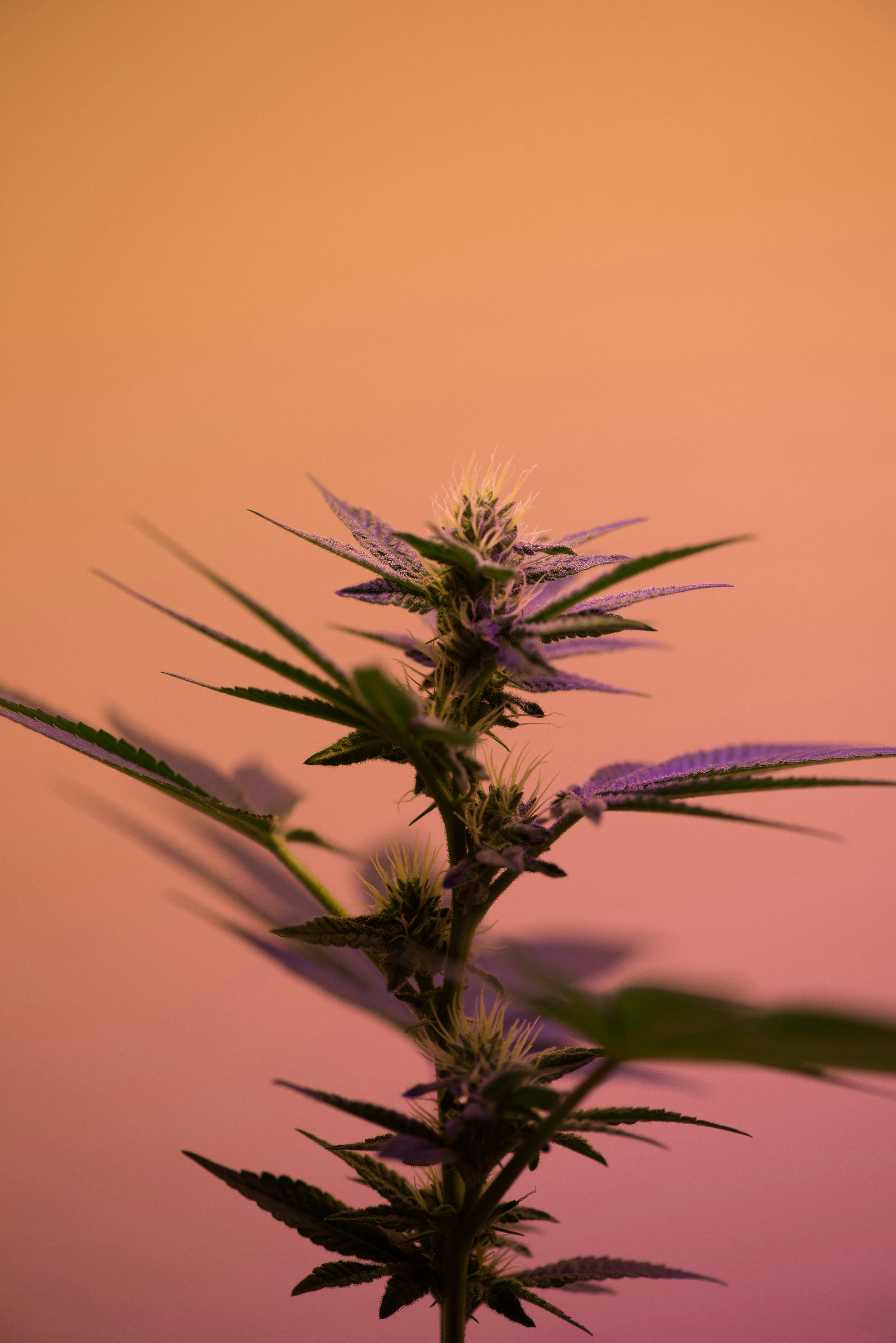In Australia, navigating the road while medicated on cannabis can be as complex – and confusing. Australian cannabis driving laws, viewed by many as outdated, fail to distinguish between the shades of impairment, particularly for those prescribed medicinal cannabis. For anyone new to this world, understanding these legal landscapes is as crucial as understanding the medication itself.
Australia’s stance is clear: driving with any detectable THC in your system is a no-go, whether or not it impairs you. This applies universally, whether you’re using it under a doctor’s guidance or not.
If THC is detected in your system through roadside tests like mouth swabs or blood samples, you’re in hot water legally, regardless of your impairment status. This zero-tolerance policy blankets all users, medicinal or otherwise.
The persistence of THC in your body hinges on several factors such as how often you partake, the dosages, and even your body fat percentage. The detection of THC varies with the type of test administered, but here’s a rough guide:
- Flower: Smoking or vaping cannabis flower sees effects peaking within minutes, generally waning after 1-3 hours. It’s wise to wait about 6 hours before driving.
- Oil: Cannabis oils take about 1-2 hours to kick in with effects lasting around 4-6 hours, possibly extending to 8 hours. The steering wheel should be avoided during this time.
- Edibles: Edibles are a trickier beast. They can begin working anywhere from 30 minutes to 2 hours post-consumption, with effects lasting from 4 to a whopping 8 hours, and some lingering up to 24 hours.
It’s important to always coordinate with your healthcare provider to gauge how your prescribed form may impact your driving capabilities.
CBD, on the other hand, is different. Driving with CBD in your system is generally legal, provided your product THC-free. Always source your CBD from legal pathways to avoid the pitfalls of illicit products, which could potentially land you in legal trouble.
Research on cannabis and driving yields a mixed bag of results. While some studies indicate a slight uptick in accident risk, others suggest negligible differences compared to sober drivers. The impact of cannabis varies greatly with individual tolerance, dosage, and the body’s response to cannabis.
THC can impair your driving ability and heighten the risk of accidents, especially in infrequent users. The effects, while generally mild (similar to low-dose alcohol) can be more severe in those new to cannabis or when mixed with other substances, such as alcohol.
In stark contrast, CBD does not significantly impair the cognitive and psychomotor skills necessary for safe driving. A recent randomised clinical trial demonstrated that while THC-dominant cannabis could cause acute driving impairments, CBD-dominant cannabis did not exhibit significant effects compared to a placebo.
However, it’s not all clear skies and smooth driving with CBD. Some studies have flagged potential side effects like drowsiness, fatigue, and decreased blood pressure, which could still impact your ability to drive safely.
Given these findings, the advice for patients using THC-containing cannabis is clear: avoid driving for at least 5 to 8 hours post-use.
Depending on individual factors such as dosage, tolerance, and the method of consumption, this period may need to be extended.
Understanding the intricacies of Australia’s cannabis driving laws is vital for anyone using cannabis medicinally. Always consult with your healthcare provider to determine the best product for your needs and remember, when it comes to cannabis and driving, safety should always take the front seat. Stay informed and stay safe.
Read the studies
Karger AG, Basel. Cannabis effects on driving performance: clinical considerations. 2023 Dec.
https://www.ncbi.nlm.nih.gov/pmc/articles/PMC9940647/
Arkell, D McCartney, I McGregor. Medical cannabis and driving. Volume 50, Issue 6, June 2021. https://www1.racgp.org.au/ajgp/2021/june/medical-cannabis-and-driving
Information about studies provided by Bloomly on this website is for education purposes only. It is not a substitute for professional health advice. Nothing contained in this site, or any external site linked to by Bloomly, is intended to be used as medical advice and it is not intended to be used to diagnose, treat, cure, or prevent any disease, nor should it be used for therapeutic purposes or as a substitute for your own health professional’s advice. Bloomly does not accept any liability for any injury, loss or damage incurred by use of or reliance on the information provided on this website, or any external site linked to by Bloomly. Further, Bloomly accepts no responsibility for material contained in a website that is linked to this site. It is the responsibility of the user to make their own decisions about the accuracy, currency, reliability, and correctness of information contained in linked external websites.





